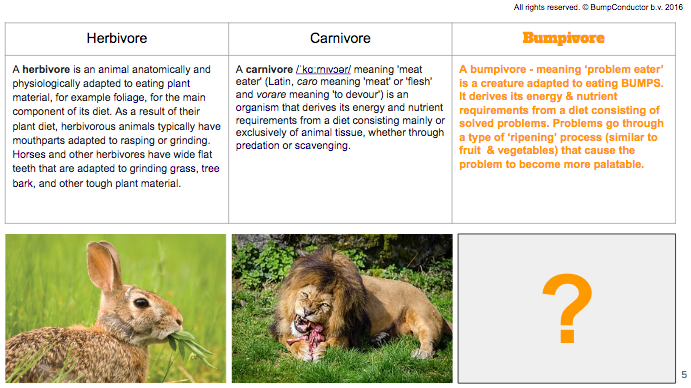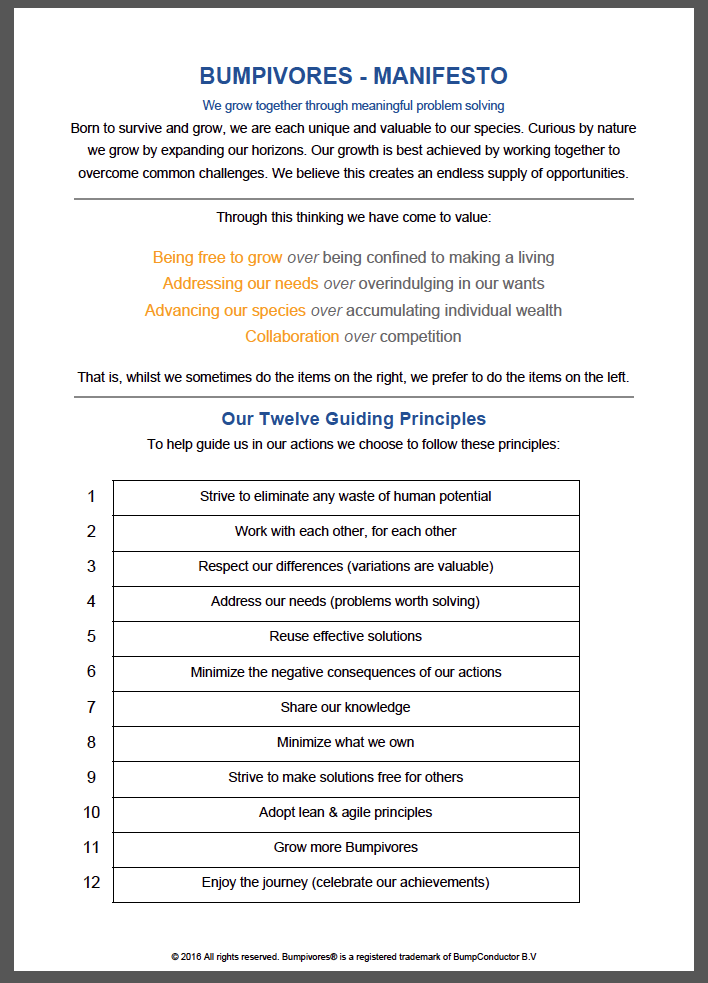Sorry for the late reply. I’ve taken notice of your manifesto, but haven’t felt well enough to reply appropriately up until now.
The overall concept seems to be very interesting. A general issue I see is that the idea of eating (solved) problems seems to be quite abstract. Can that be visualised in a useful way somehow?
Needs versus wants
I see what you want to express by stating “Addressing our needs over overindulging in our wants”, yet the distinction between needs and wants isn’t very clear cut. How can you differentiate between both? For that you’d first need clear definitions. While a want simply is something we want, I’d define a need as something that if it is met (or provided for) increases one’s vitality (sustainably). Strictly speaking, with that definition you only know whether something is a need by meeting it and observing the effects of that on your vitality. But yeah, with that definition what you say makes a lot of sense. The devil only lies in the details here.
6. Minimize the negative consequences of our actions
This can mean two things:
- Keep doing the same actions, but in a different way that has less negative consequences
- Change our actions, so that the negative consequences that result from the totality of our actions is reduced
There’s a potential problem with the latter approach. It would be very easy to minimize negative consequences by refraining from any potentially harmful actions, but since nearly all actions are potentially harmful that would have a pretty paralysing effect. That approach would impair one’s ability to solve BUMPS effectively. Our language doesn’t have a convenient way of expressing the idea of “increasing positive consequences and decreasing negative consequences”. Perhaps the closest to that might be “Optimize the consequences of our actions”, or “Optimize our actions for ideal consequences”.
8. Minimize what we own
I get that minimalism can be great, but I wouldn’t pose it as a general principle that everyone should adhere to. After all, owning lots of useful stuff (tools, resources) can be quite beneficial, if you want to solve complex problems.
10. Adopt lean & agile principles
That’s quite a lot that’s compressed into a single point. Not everyone is familiar with lean & agile principles, so for user friendliness those principles (or at least the most important ones of them) would need to be unpacked. It can also be questioned whether lean & agile is the best approach for everything. After all, there are “competing” philosophies.
11. Grow more Bumpivores
Are bumpivores like plants that can be grown? And how would that even work? Can ordinary people be turned into bumpivores?
Ok, so this is an interesting manifesto. But how is it related to the children’s book concept? The manifesto is certainly a bit too hard to read and understand for children. I guess the manifesto depicts how bumpivores lead their lives. For all stories that emerge from that the saying “show, don’t tell” applies. It should be apparent from their actions what kind of principles bumpivores adhere to.


